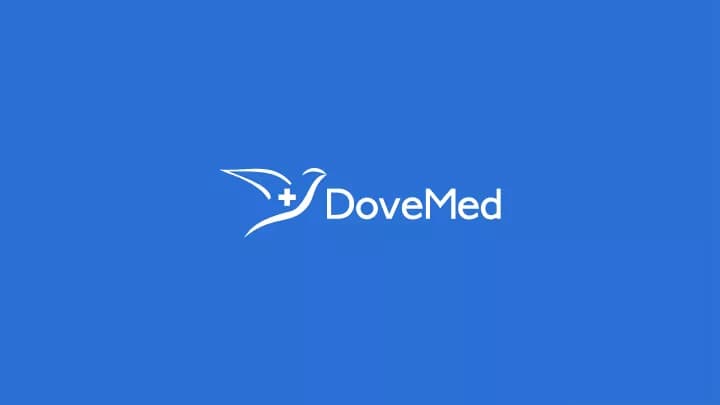
Brill-Zinsser Disease: An Extensive Review of Its Characteristics, Epidemiology, Diagnosis, and Treatment
Introduction:
Brill-Zinsser disease is a reactivation of a latent Rickettsia prowazekii infection, typically occurring years after the initial episode of epidemic typhus. This condition is often milder than the primary infection and can emerge when an individual's immune system is compromised or stressed. Understanding the epidemiology, clinical presentation, diagnostic procedures, and treatment options for Brill-Zinsser disease is crucial for healthcare providers, especially in areas where epidemic typhus has been previously endemic. This comprehensive article provides an in-depth analysis of Brill-Zinsser disease, its implications, and management strategies.
Understanding Brill-Zinsser Disease:
- Nature of the Disease: A recrudescence of epidemic typhus, caused by the same bacterium, Rickettsia prowazekii.
- Mechanism: The bacteria remain dormant in the body and can reactivate, typically in conditions of weakened immunity.
Epidemiology and Risk Factors:
- History of Epidemic Typhus: Most cases occur in individuals with a history of epidemic typhus, often many years prior.
- Geographical Distribution: More common in regions where epidemic typhus was once prevalent.
- Age and Immune Status: More frequently seen in older adults or individuals with weakened immune systems.
Symptoms and Clinical Presentation:
- Generally Milder than Primary Infection: Symptoms include fever, headache, and rash.
- Rash: Typically starts on the trunk and spreads to the limbs.
- Other Symptoms: May include malaise, myalgia, and nausea.
Diagnosing Brill-Zinsser Disease:
- Clinical History: A history of epidemic typhus is a key indicator.
- Serological Testing: Detection of antibodies against Rickettsia prowazekii.
- Differential Diagnosis: Important to differentiate from other rickettsial diseases and febrile illnesses.
Treatment and Management:
- Antibiotics: Doxycycline is the treatment of choice. Other options include chloramphenicol and azithromycin.
- Supportive Care: Managing fever and hydration.
- Monitoring: Close monitoring for complications or disease progression.
Prevention Strategies:
- Louse Control: In regions where epidemic typhus is endemic, controlling the louse population can prevent the primary infection.
- Awareness and Education: Especially important for individuals living in or traveling to endemic areas.
Challenges and Considerations:
- Limited Awareness: Due to its rarity and the delayed nature of the disease.
- Importance of Accurate Diagnosis: To ensure appropriate treatment and to differentiate from other febrile illnesses.
Current Research and Developments:
- Vaccine Research: Ongoing studies on developing vaccines for Rickettsia prowazekii.
- Understanding Disease Mechanisms: Research into how the bacteria remain dormant and what triggers reactivation.
Conclusion:
Brill-Zinsser disease, while rare, represents an important consideration in patients with a history of epidemic typhus, particularly in certain geographical regions or older adults. Timely diagnosis and appropriate antibiotic treatment are crucial for effective management. Ongoing research and public health efforts continue to enhance our understanding and prevention of both epidemic typhus and its recrudescent form, Brill-Zinsser disease.
Hashtags: #BrillZinsserDisease #InfectiousDiseases #PublicHealth #EpidemicTyphus
Related Articles
Test Your Knowledge
Asked by users
Related Centers
Related Specialties
Related Physicians
Related Procedures
Related Resources
Join DoveHubs
and connect with fellow professionals



0 Comments
Please log in to post a comment.